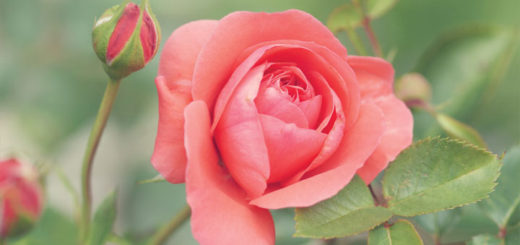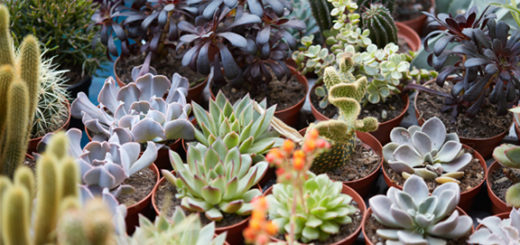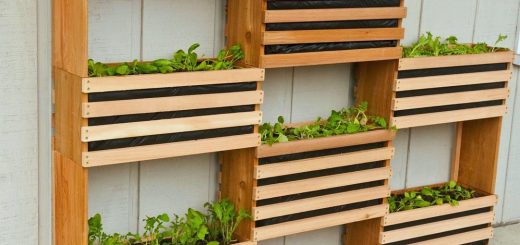Green Shoot & Crown Root – Planting an Asparagus Bed
Asparagus is another crop that spreads by runners, although it is a bit pickier about growing conditions and harvesting than raspberries. It’s one of those legendary foods that are so much better fresh from the garden. If you have space, they are well worth the effort and patience it takes to grow your own. Asparagus is a perennial crop that can last for 5-15 years under the right conditions; it doesn’t like to have its roots disturbed, though, so it needs to be set well away from areas where annual crops are planted and dug up every year. Asparagus requires well-drained soil and regular watering to produce its best crops. And it requires a monumental amount of patience not to harvest any for the first 3, yes 3 years!
HARVEST
See, asparagus shoots are just the beginning of an asparagus plant; if not harvested, the thin green pencils of asparagus that we know from the grocery store will unfurl into feathery wands that resemble asparagus ferns, to which they are closely related. It is these fernlike leaves that supply the asparagus plant with energy. We harvest the shoots before they can begin to photosynthesize, but at some point in the season, depending on how old the plants are, the gardener must stop harvesting spears to allow them to grow into fronds that will nourish the plant throughout the growing season. Oh, the self-restraint that is required, once you have tasted the spears fresh and raw from the garden!
Further complicating matters is that asparagus are relatively slow growers. It is advisable not to harvest the first spears until the third spring after planting, and even then, the harvest should be limited to no longer than 2 or 3 weeks. In later years, the harvest can be stretched, from 6-8 weeks for a 4-year old patch, and on up to 2 months of harvesting for an established patch. Each year, it is the responsibility of the gardener to stop harvesting those luscious spears, in order to let the patch recharge for next year.
An ideal asparagus patch, according to Pam Pierce, whose Golden Gate Gardening we have referenced for this article, would be about 45 square feet, or 3×15 feet. “An asparagus lover’s dream,” she calls it, fit for one person who really, really loves asparagus. It’s worth setting aside some space, even if you do not have this much room to dedicate to asparagus; even 5 plants will provide a few delicious meals or fresh garden snacks.
PLANTING AND CARE
The asparagus crown looks something like a great dirty octopus. Full sun is great, but asparagus will tolerate partial shade, and may even appreciate a bit of protection from burning autumn afternoon sun in really hot inland areas. The pH should be between 6 and 7, neutral to just a little alkaline. Add lime, at an approximate rate of 2.5 pounds per 50 square feet, per year, to maintain alkalinity if the surrounding soils tend to acidity.
Determine where in the trench each of your asparagus plants will go. In the bottom of the trench, at each planting location, build a small mound of mixed soil and compost, in a kind of volcano shape. The crown should be placed on top of these mounds, with the roots draped all around the sides of the mound. Remove any damaged or broken roots before planting.
Plant all crowns in the trench as directed, and then fill in the trench to cover the tops of the crowns by about 2 inches. As the season progresses, asparagus requires regular deep watering to keep the soil moist. Mulch is a welcome addition once the pants are growing vigorously, to aid in moisture retention. A mild nitrogen fertilizer can be applied in the spring of subsequent years, before the shoots begin to sprout; this will stimulate the crowns to produce more shoots. In late fall, when the fronds begin to turn yellow, they can be cut to the ground and composted.
Phew! It’s a lot of information to bite off, all at once, but once they’re in the ground, asparagus can be such a rewarding crop. Asparagus crowns are in fresh and in stock in our edible nursery right now, but they won’t last long. Visit Mountain Feed and Farm supply at www.mountainfeed.com











